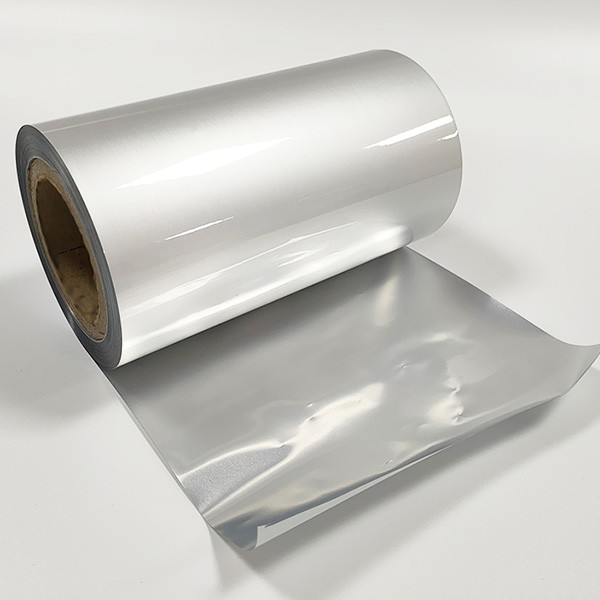In the realm of modern technology, the intrigue surrounding aluminum foil’s capability to obstruct cell phone signals continues to captivate many. Let’s delve deeper into this intriguing topic.
Principle Elucidated
Aluminum foil, characterized by its metallic composition, boasts remarkable conductivity and electromagnetic shielding attributes. When enveloping a cell phone, aluminum foil serves as a formidable barrier against external electromagnetic waves, including those emitted by cell phones.

Empirical Validation
Countless individuals have embarked on personal experiments, wrapping their cell phones in aluminum foil to gauge its impact on signal reception. The consensus? A palpable reduction in signal strength. These firsthand observations underscore aluminum foil’s potential in thwarting electromagnetic waves.
Expert Analysis
While anecdotal evidence suggests aluminum foil’s efficacy in signal blocking, experts advocate for a nuanced perspective. They emphasize that the effectiveness of aluminum foil as a shielding agent is contingent upon several factors, including foil thickness, coverage area, and environmental conditions.

Acknowledging Constraints
Despite its demonstrated ability to impede cell phone signals, aluminum foil isn’t without limitations. Its efficacy may vary, and there’s a possibility of interference with other electromagnetic frequencies, such as those utilized in Wi-Fi and Bluetooth technologies.
Practical Considerations
Aluminum foil serves as a quick-fix solution for mitigating cell phone signal interference in specific scenarios. However, for sustained and reliable signal blocking needs, opting for professionally designed electromagnetic shielding materials is advisable.
In conclusion, while aluminum foil showcases inherent electromagnetic shielding properties that can disrupt cell phone signals to some extent, its effectiveness is subject to various factors. Thus, its utilization should be approached judiciously, considering individual circumstances and requirements.


